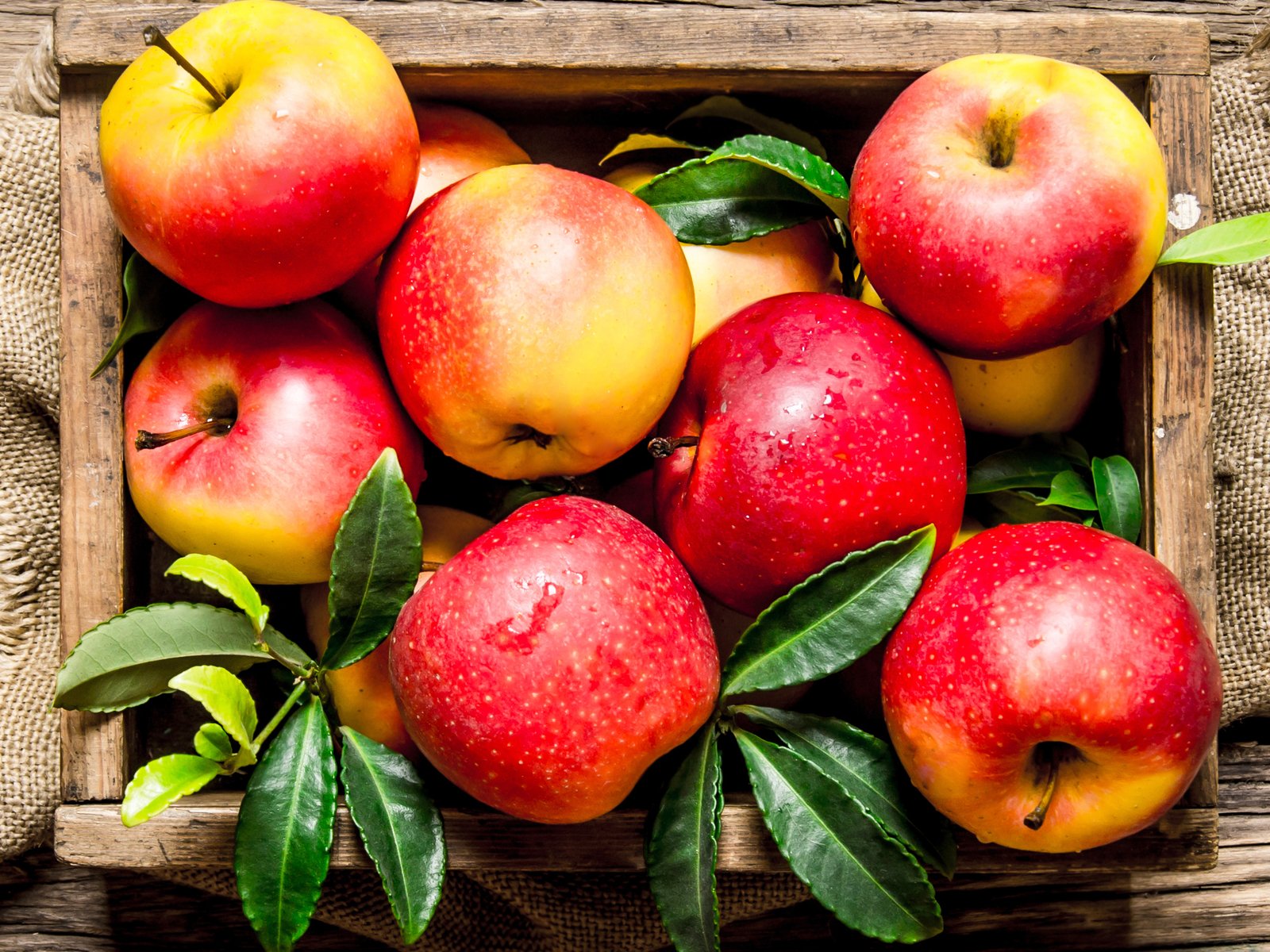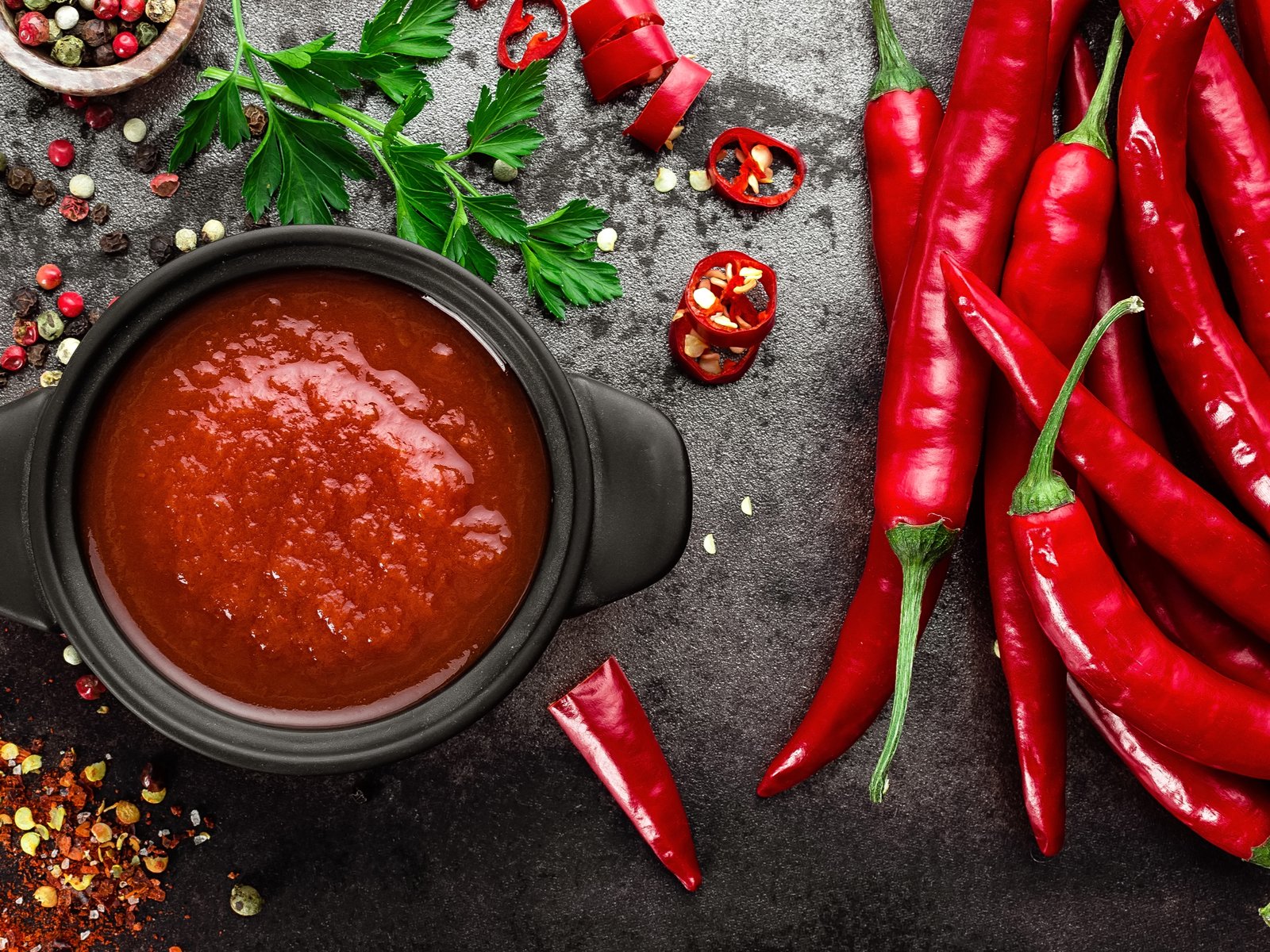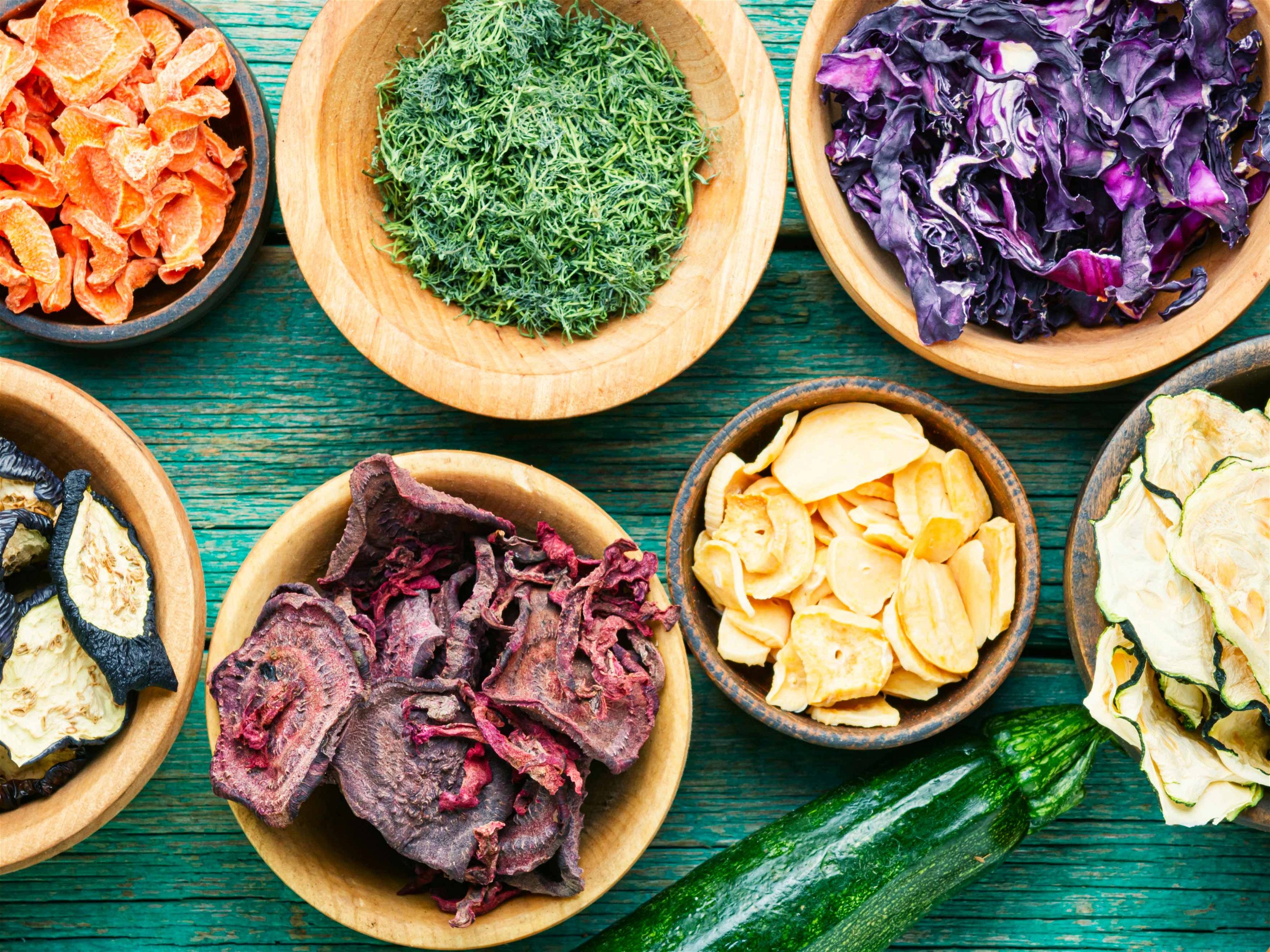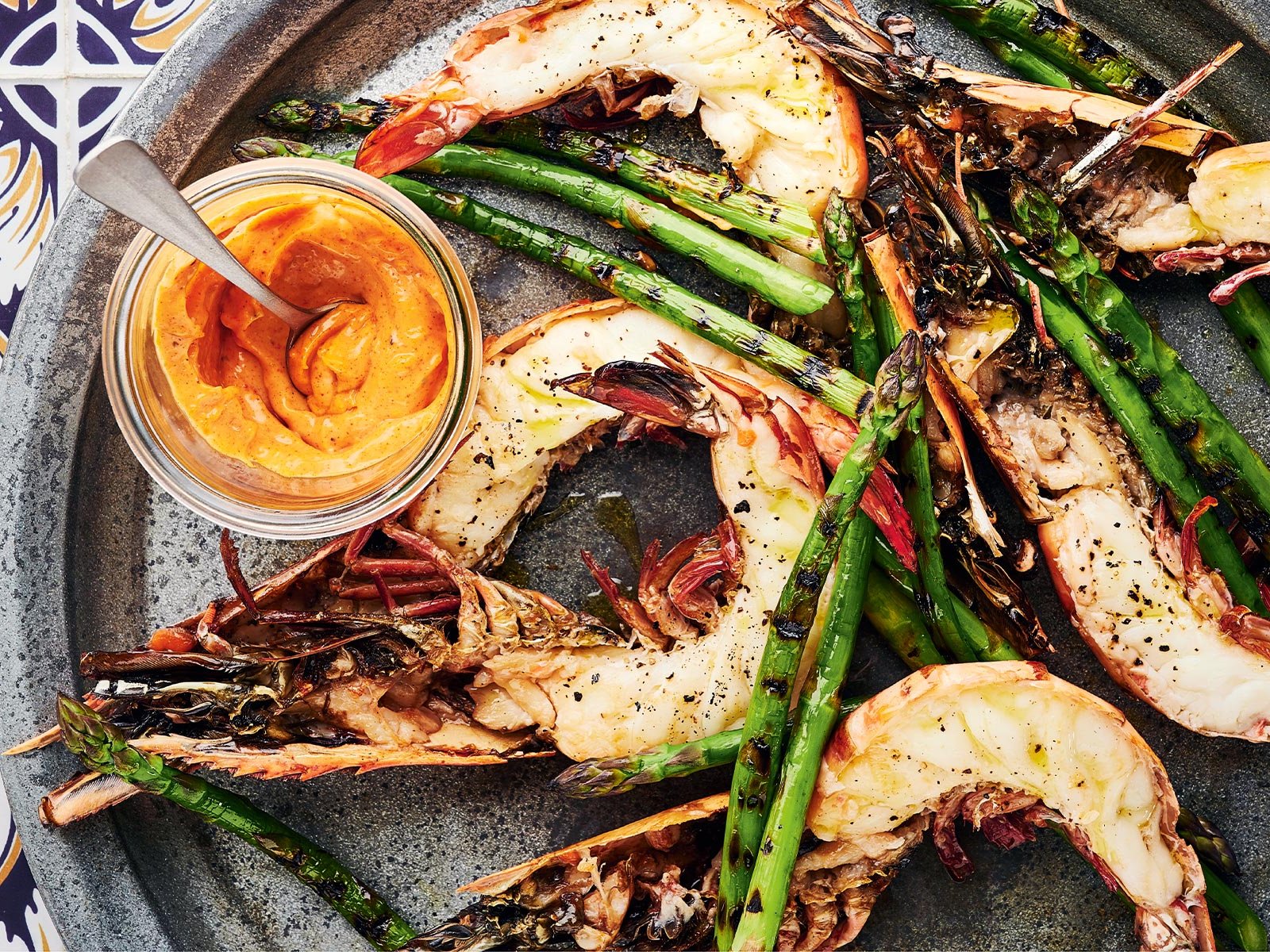Tasty & Healthy: 6 of the Best Nuts
So much more than just a healthy snack, there are plenty of reasons to go nuts about nuts. Here are six of the best.
1. Hazelnut
Do you have a weakness for Nutella? Ferrero Rocher? Those perfect praline treats so irresistibly displayed in Vienna’s famous coffee houses? Such is the magic that occurs when the humble hazelnut meets chocolate. Fortunately, hazelnuts also make a rather healthier snack, enjoyed either straight from the tree or perhaps moderately refined with light roasting and the fibrous skin removed. It does slip so easily into decadence though: try hazelnut butter for a creamier, richer alternative to the ubiquitous peanut version.
Hazel trees are widespread in European woods and hedgerows thanks to a value that reaches well beyond their nuts. Their pliable wood remains in demand for everything from walking sticks to baskets, fences and even water divining rods.
The nuts themselves go by various names and varieties. As larger cobnuts they are a speciality of Kent in south-east England. Across the Atlantic in Oregon – home to the vast majority of US hazelnut plantations – they are widely known as filberts, named after St. Philibert, whose feast day of 20th August roughly coincides with the hazelnut harvest.
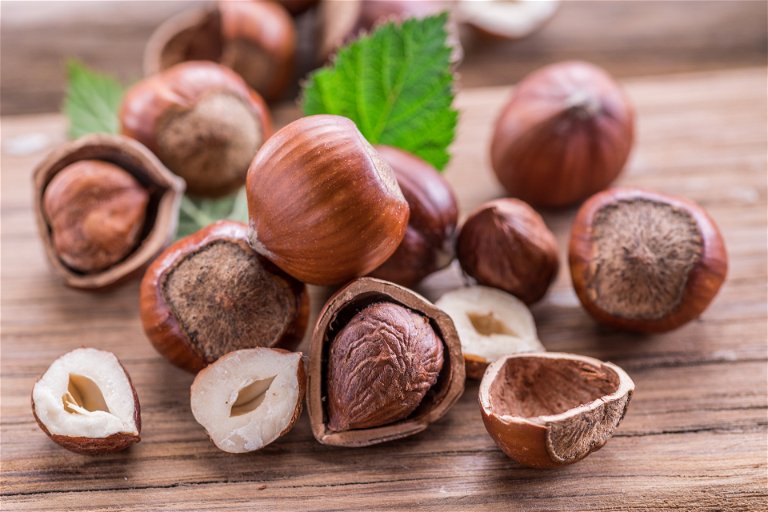
2. Walnut
They may look alarmingly like a brain surgeon’s model, but walnuts are a delicious, highly versatile nut. Nutritionists rave about their generous level of omega 3 fatty acids; meanwhile their tangy, tannic quality adds a pleasing dimension to dishes as diverse as cakes, summery salads or pesto. The walnut is also a key ingredient of muhammara, a spicy red pepper dip originally from Aleppo in Syria but eagerly adopted across the Levant and southern Turkey.
Do you have a sweet tooth? Then try walnuts in candied form. Or does your palate crave more savoury stimulation? Crack open a jar of pickled walnuts with some cheese. And don’t forget walnut oil, which adds a pleasingly nutty element to salad dressings. One highly seasonal speciality to look out for is wet walnuts, particularly popular in England. These need to be very fresh from the tree, before they have had a chance to dry out, and so offer a softer, milder character.
This is another nut tree whose appeal reaches well beyond the nut itself. Walnut wood has long been prized for its hard, tight-grained quality that polishes beautifully into high-end furniture and makes it the traditional choice for gun stocks. In China it is the walnut shells that are particularly in demand for their ornamental appeal, often enhanced by intricate carving.
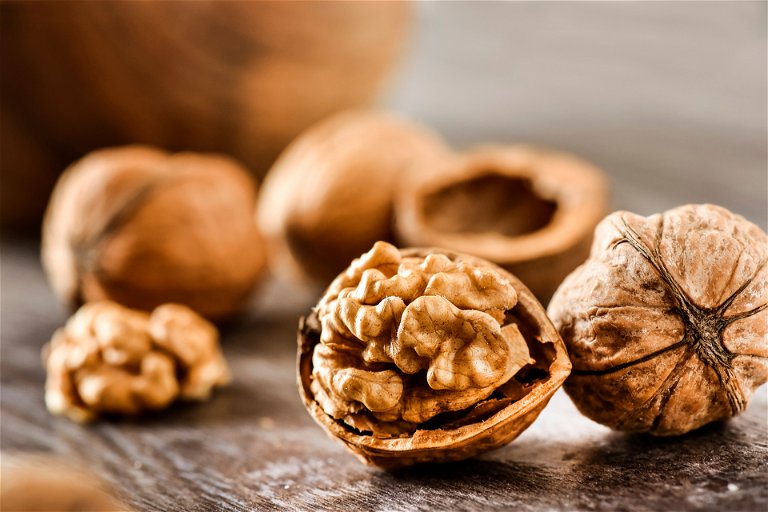
3. Pistachio
With their vibrant green colour and mild, slightly sweet flavour, pistachios are a popular snack whether raw or given an extra kick in roasted and salted form. Part of the cashew family, the pistachio thrives in hot, dry countries. Its original home was Central Asia and the Middle East so it’s no surprise to find the pistachio intricately entwined in these countries’ culinary culture.
Think sweet treats such as baklava, kulfi, or perhaps as a flavour partner with rosewater and cardamom in cakes and other decadent desserts such as the deep-fried, syrup soaked gulab jamun.
For savoury dishes pistachios can be crushed into lamb koftas, mixed with fig and goat cheese in a full-flavoured salad or included as part of a vibrant couscous mix. You can also swap them with pine nuts for a Sicilian twist on pesto. In short, this is the nut to deploy when you need an injection of sunshine.
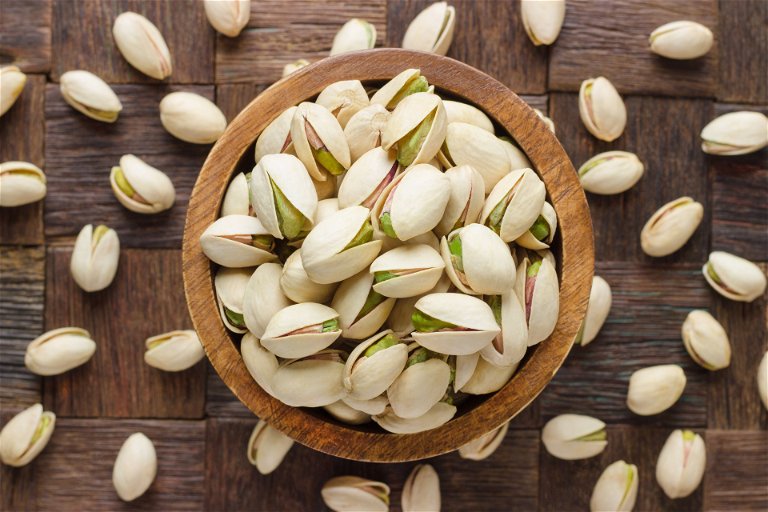
4. Peanut
Like many varieties that we conveniently classify as nuts, the peanut is actually a legume, so in botanical terms is a relative of the pea and lentil. That hasn’t stopped it becoming one of the world’s most famous and popular nuts, also known as the ground nut or monkey nut.
For generations of children it’s the classic after school snack as a peanut butter sandwich; for adults it might reach its pinnacle in dry roasted form, ideally with a contemplative glass of dry amontillado sherry when those children have finally gone to bed.
With deep roots across many of the world’s tropical and sub-tropical regions, peanuts are a staple ingredient in a host of exciting cuisines. Indonesia gives us satay sauce, so perfect with chicken skewers; while in West Africa, peanuts are a mainstay of hearty soups and stews.
Head to South America and try Peruvian classic picante de cuy mentiroso, or “spiced deceitful guinea pig”, braised in a fiery peanut sauce. Feel free to substitute rabbit if that’s easier to source. Peanuts are also a popular, convenient street food around the world. Try the candied version so popular in Mexico or crack your teeth on the peanut brittle embraced everywhere from China to the US.
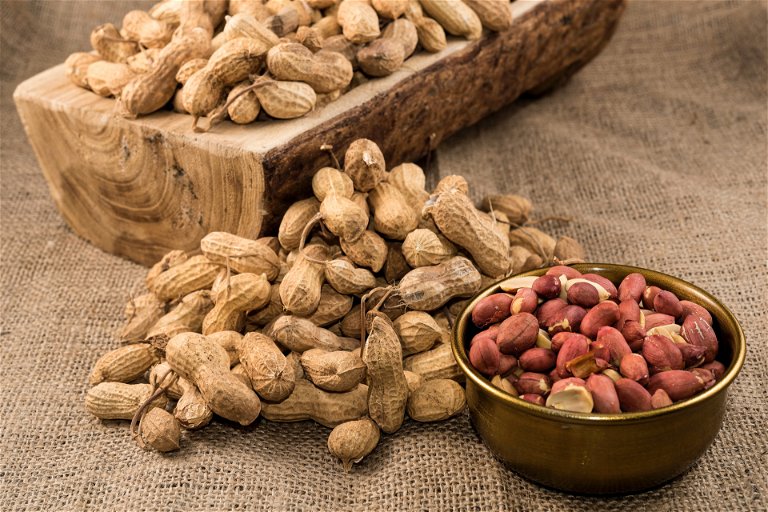
5. Almond
The almond has certainly travelled far from its native Iran, settling in warm, dry climates all over the world and carving a firm place in our gastronomic culture.
The species is actually part of the peach and cherry family, but whereas their seeds are encased in juicy flesh, the almond has a leathery coat. Fortunately it makes up for this with an edible seed – yes, technically the almond is a seed, not a nut.
If you’re after a simple snack then look out for Marcona almonds, a variety particularly prized in Spain for its sweet, creamy flavour. Spain is also home to turrón – also popular as torrone in Italy – a sweet almond nougat that is almost impossible to avoid at Christmas time.
Almonds stake a firm claim on Easter feasting too: just think of German Osterbrot, Greek tsoureki and Italian Colomba di Pasqua. At all other times the almond works its way happily into our lives in the form of amaretti biscuits, so irresistible with coffee. Come evening, it reinvents itself in liqueur form as amaretto.
Given its eastern roots, the almond has a major role to play well beyond the bounds of European cuisine. Fancy a curry? This nut’s sweet, creamy character is an intrinsic element of pasanda, the go-to choice for anyone keen to avoid the spicier end of Indian cuisine.
On a more health-conscious note, the almond has made itself increasingly indispensable to modern life as a gluten-free alternative to flour in cakes; meanwhile almond “milk” is now widely available as a lactose-free, vegan alternative to dairy.
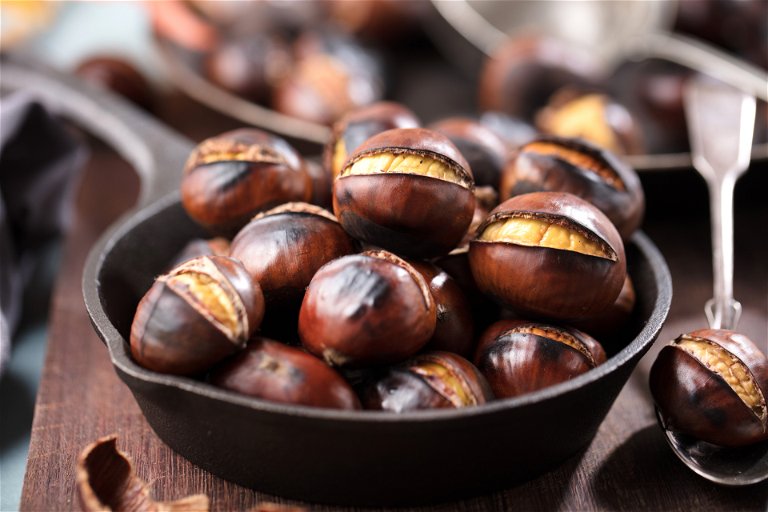
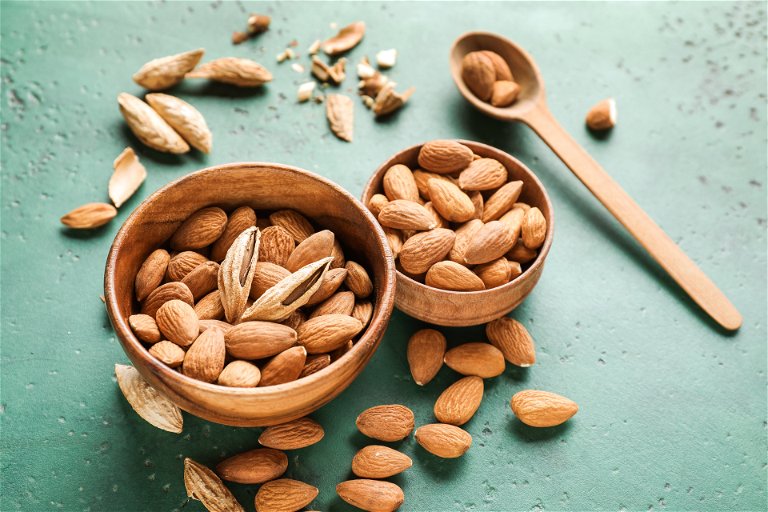
6. Sweet chestnut
”Chestnuts roasting on an open fire, Jack Frost nipping on your nose…” This is a nut that conjures intensely wintery associations and all the cosiest elements of Christmas. It could be that smell drifting from street stalls as you dash out to buy those last few presents, or the chestnut stuffing in your turkey.
Perk up those obligatory brussels sprouts with the addition of bacon and chestnut, or embrace the decadence of the festive season with a chocolate and chestnut torte. After the feasting, restore your waistline with a classic winter soup of chestnut, parsnip and bacon.
Not to be confused with its unpalatable cousin the horse chestnut, the sweet chestnut demands more preparation than most nuts. Encased in a ferociously spiky case, its tough brown husk then needs to be removed, often by roasting. The cooked nut inside is well worth the effort, offering a sweet, floury texture that has long been elevated to even greater luxury in the form of marrons glacés.
If you really want to immerse yourself in chestnut-inspired cuisine then Corsica is the place to go. Chestnut flour appears in local bread and polenta, the island’s signature beer Pietra is made from chestnuts and even the charcuterie here carries the flavour of chestnut grazed pigs.


